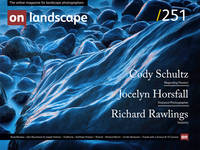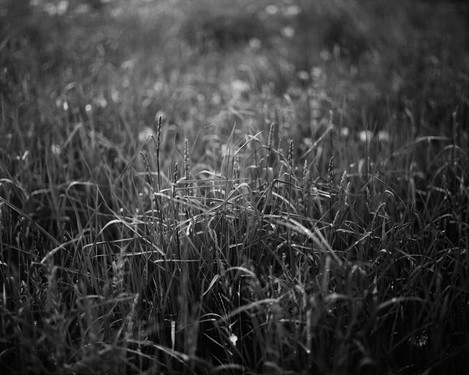It is the journey, not the destination

Cody Schultz
Although it was not until 2014 when I bought my first “professional” camera, I believe a part of me has always loved photography. I remember constantly taking pictures around the house, of my family, of our vacations, and especially of Jazmine, my family’s dog. At first, I had thought that landscape photography was boring, not understanding why someone would want to wait hours on end in a single location, just to end up going home empty-handed. Yet in 2016, I found myself doing exactly that. I found myself going on long hikes with my girlfriend, sweating and panting as we walked up steep hills to various waterfalls, often coming home only to realize that none of the photographs I took were portfolio-worthy. The memories shared, however, made it so much more worthwhile than any photograph ever could. And that, I truly believe, is why landscape photography is so special.
Whatever you do will be insignificant, but it is very important that you do it.~ Gandhi
While looking into artists who had dealt with mental health for the previous article, Art and Mental Health, a painter by the name of Pierre Auguste Renoir came up a time or two. His story is worth highlighting:
At the age of 51, Renoir began developing rheumatoid arthritis. Fifteen years later, in 1907, he moved to a farm close to the Mediterranean sea, where he continued to paint for the last twenty years of his life. While his arthritis severely limited his mobility, he largely ignored it the best he possibly could. He ended up developing progressive deformities in his hands, along with ankylosis - a stiffness of the joint - of his right shoulder, which ultimately forced him to modify his painting technique. And though he maintained his ability to grasp a brush, his assistant eventually had to place it within his hand, which was often bandaged as to prevent skin irritation.


